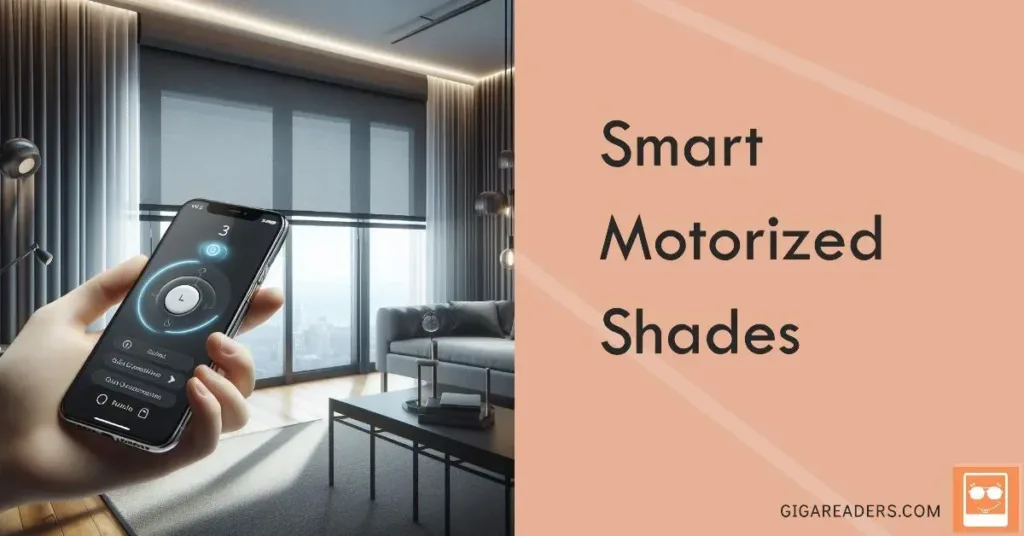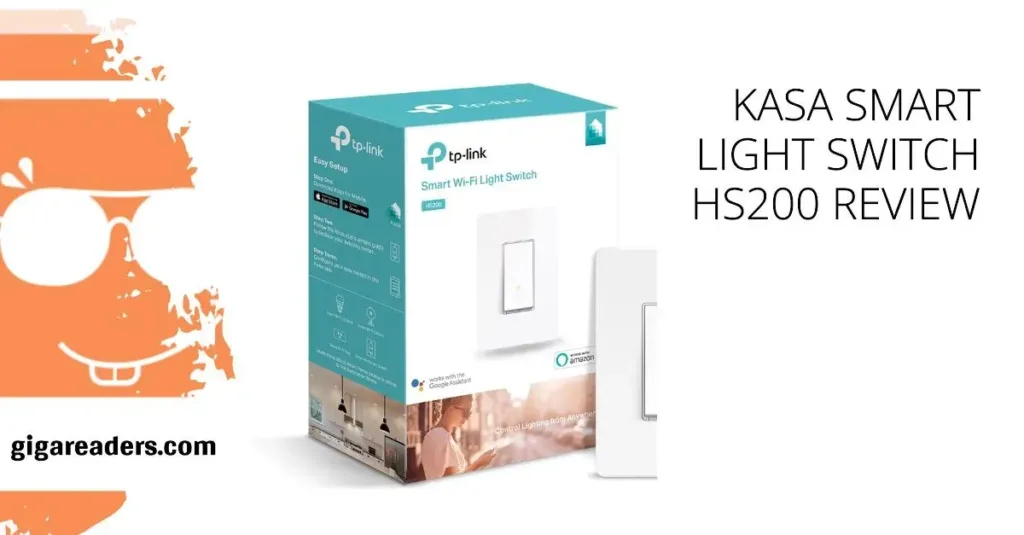Welcome to the world of smart home convenience! This comprehensive guide empowers you to install your Google Nest Thermostat, transforming your home environment with ease. We’ll guide you through every step of the process, from gathering the necessary tools to customizing your comfort settings after a successful Google Nest Thermostat installation.

Table of Contents
- Install Your Google Nest Thermostat: A Step-by-Step Guide
- Connecting Your Nest Thermostat to the App
- Customizing Your Comfort: Exploring Nest Thermostat Features
- Troubleshooting Tips: Resolving Common Issues
- Nest Thermostat Care and Maintenance
- Conclusion: A Smart Choice for Comfort and Control
- FAQs
- Additional Resources
Before diving into the Google Nest Thermostat installation, ensure you have everything you need:
- Tools You’ll Need for Your Google Nest Thermostat Installation:
- Phillips screwdriver (usually included with your Nest Thermostat)
- Level (optional, but helpful for precise placement)
- Pencil (for marking screw holes)
- Pliers (optional, for potentially tight wire connections)
- Identifying Your Current Wiring System for Google Nest Thermostat Installation: Take a picture or note down the color and location of each wire connected to your old thermostat. This information will be crucial during the Google Nest Thermostat wiring stage.
- Compatibility Check: Is Your Nest Thermostat Compatible with Your System? Not all Nest thermostats work with every HVAC system. Consult the Google Nest website or user manual to verify compatibility with your specific system (forced air, radiant heat, etc.).
- Powering Down Your System for Safe Google Nest Thermostat Installation: Safety first! Locate your HVAC system’s breaker box and turn off the power to your thermostat before beginning any electrical work during the Google Nest Thermostat installation process.
Install Your Google Nest Thermostat: A Step-by-Step Guide
Now that you’re prepped, let’s get started with the Google Nest Thermostat installation process:
- Mounting the Nest Thermostat Base:
- Locate a suitable spot on your wall for the Nest Thermostat. Ideally, it should be central to your living space and away from direct sunlight or drafts.
- Use the provided mounting plate as a template to mark screw holes on the wall for your Google Nest Thermostat installation.
- Secure the mounting plate to the wall with the provided screws, ensuring it’s level.
- Connecting the Wires During Your Google Nest Thermostat Installation
- Carefully detach the wires from your old thermostat, matching the colors to the corresponding terminals on the Nest base plate. [Insert an image of the Nest base plate with clearly labeled wire terminals (C, R, G, etc.)]
- Consult the included Nest wiring guide or the app for specific instructions based on your wiring system. Secure the wires firmly into the designated terminals, ensuring a snug fit (use pliers if needed) during your Google Nest Thermostat installation.
- Attaching the Nest Thermostat Display:
- Once the wiring is complete, simply snap the Nest thermostat display unit onto the base plate. You should hear a satisfying click when it’s securely attached.
- Restoring Power and Initializing the System After Your Google Nest Thermostat Installation
- Head back to your breaker box and flip the power switch back on to your HVAC system.
- The Nest thermostat will automatically power on and begin its initialization process. Follow the on-screen prompts to complete the setup for your Google Nest Thermostat installation.
Connecting Your Nest Thermostat to the App
Now that your Google Nest Thermostat is physically installed, let’s connect it to the Google Nest app for ultimate control:
- Downloading the Google Nest App:
- Download the free Google Nest app from the App Store (iOS) or Google Play Store (Android).
- Creating a Google Account (if needed):
- If you don’t already have one, you’ll need to create a free Google account to use the app.
- Adding Your Nest Thermostat to the App:
- Open the Nest app and follow the on-screen instructions to add your new Nest thermostat. This will involve entering the unique code located on the back of your thermostat.
Customizing Your Comfort: Exploring Nest Thermostat Features
Your Nest Thermostat is now connected and ready to personalize your comfort experience! The app unlocks a variety of features that enhance your smart home experience:
- Setting Schedules and Routines:
- Create custom heating and cooling schedules to match your daily routine and preferences. Nest thermostats can even learn your habits and automatically adjust temperatures for optimal comfort and energy savings.
- Utilizing Smart Learning Features:
- Nest thermostats learn your preferences over time, automatically adjusting temperatures for optimal comfort and energy efficiency.
- Voice Control with Google Assistant:
- Enjoy the convenience of voice control! If you have a Google Assistant-enabled device, you can use voice commands to adjust the temperature on your Nest thermostat.
- Eco Mode and Energy Savings:
- Nest thermostats offer Eco Mode, which automatically adjusts temperatures to save energy while still maintaining a comfortable environment.
Nest Thermostat Wiring Diagram
A Nest Thermostat Wiring Diagram is essential for correctly installing your Nest thermostat, ensuring efficient control over your heating and cooling systems. Wiring a Nest thermostat involves connecting the appropriate wires from your HVAC system to the terminals on the Nest base. Here are the basics for understanding a Nest Thermostat Wiring Diagram:
Common Wire (C)
- C wire (Common wire): In a Nest Thermostat Wiring Diagram, the C wire provides continuous power to the thermostat. Not all systems have a C wire, but it’s beneficial for ensuring the thermostat has a stable power supply.
Standard Connections in a Nest Thermostat Wiring Diagram
- Rh and Rc wires: These are the power wires for heating (Rh) and cooling (Rc). Often, there is a jumper connecting Rh and Rc if your system is single-stage.
- W wire: Controls the heating system.
- Y wire: Controls the cooling system.
- G wire: Controls the fan.
Heat Pump Systems in a Nest Thermostat Wiring Diagram
- O/B wire: Controls the reversing valve in heat pump systems, switching between heating and cooling modes.
- Aux/E wire: For auxiliary or emergency heating in heat pump systems.
- Y2 wire: For second-stage cooling.
- W2 wire: For second-stage heating.
Installation Steps Using a Nest Thermostat Wiring Diagram
- Turn off power: Ensure the power to your HVAC system is turned off at the breaker.
- Remove the old thermostat: Take note of where each wire was connected and label them if necessary.
- Attach the Nest base: Mount the Nest base on the wall and pull the wires through the center hole.
- Connect the wires according to the Nest Thermostat Wiring Diagram: Insert the wires into the corresponding terminals on the Nest base. Ensure each wire is fully inserted and secured.
- Attach the display: Snap the Nest display onto the base.
- Turn the power back on: Restore power to your HVAC system.
- Configure settings: Follow the on-screen instructions to configure your new thermostat.
Example Nest Thermostat Wiring Diagrams
- Single-stage system (no heat pump):
- Rc (or Rh) – Power
- W – Heating
- Y – Cooling
- G – Fan
- Heat pump system:
- Rc – Power
- Y1 – Cooling/Heating (compressor)
- O/B – Reversing valve
- G – Fan
- Aux/E – Auxiliary heating (if present)
Notes on Nest Thermostat Wiring Diagrams
- Some systems might have additional wires or different configurations.
- If you don’t have a C wire and the thermostat needs more power, the Nest Thermostat Wiring Diagram may suggest using the G wire as a substitute or installing a power adapter kit.
Troubleshooting Tips: Resolving Common Issues
If you encounter any hiccups during the Google Nest Thermostat installation or use, here are some troubleshooting tips:
- Common Error Codes and Solutions:
- The Nest app provides explanations and solutions for common error codes displayed on your Nest thermostat.
- Ensuring a Strong Wi-Fi Connection:
- A strong and stable Wi-Fi connection is crucial for optimal performance of your Nest Thermostat. Ensure your Wi-Fi network is functioning properly and the thermostat is within range of the router.
- Addressing Compatibility Concerns:
- Double-check the compatibility of your Nest thermostat with your HVAC system. If you’re unsure, consult the Nest website or user manual for verification.
Nest Thermostat Care and Maintenance
Keeping your Nest Thermostat clean and well-maintained ensures its optimal performance:
- Keeping Your Nest Thermostat Clean:
- Regularly wipe the display screen with a soft, dry cloth to remove dust and fingerprints. Avoid using any harsh chemicals or cleaning solutions.
- Replacing Batteries (if applicable):
- Some Nest thermostat models utilize backup batteries. If applicable to your model, consult the user manual for instructions on replacing low batteries.
- Long-Term Maintenance Tips:
- For long-term functionality, avoid placing your Nest Thermostat in direct sunlight or extreme temperatures. Additionally, refrain from mounting it near heat sources or vents.
Conclusion: A Smart Choice for Comfort and Control
The Google Nest Thermostat is a powerful tool for creating a comfortable and energy-efficient home environment. By following this guide and exploring the various features, you can unlock the full potential of your smart thermostat. Enjoy the convenience and peace of mind that comes with a Nest Thermostat in your home!
FAQs
Here are some frequently asked questions (FAQs) about the Google Nest Thermostat:
1. What are the benefits of installing a Google Nest Thermostat?
There are many benefits to installing a Google Nest Thermostat, including:
- Energy Savings: Nest thermostats can learn your habits and automatically adjust temperatures to save energy, potentially lowering your utility bills.
- Improved Comfort: Nest thermostats allow you to create personalized heating and cooling schedules for optimal comfort throughout the day.
- Remote Control: With the Nest app, you can control your thermostat from anywhere, whether you’re home or away.
- Easy Installation: Most Nest thermostats are relatively easy to install yourself, following the provided instructions.
- Smart Features: Nest thermostats offer additional features like eco mode, voice control compatibility, and integration with other smart home devices.
2. Can I install a Google Nest Thermostat myself?
In most cases, yes! The Google Nest Thermostat is designed for easy installation, and this guide provides step-by-step instructions. However, if you’re uncomfortable working with electrical wiring, it’s always best to consult a qualified electrician.
3. Does the Nest Thermostat work with my HVAC system?
Not all Nest thermostats work with every HVAC system. Before purchasing a Nest thermostat, it’s crucial to check compatibility with your specific system (forced air, radiant heat, etc.) You can verify compatibility on the Google Nest website or by referring to the user manual.
4. What if I encounter problems during installation or use?
The Nest app provides explanations and solutions for common error codes displayed on your Nest thermostat. Additionally, this guide offers troubleshooting tips for common issues like weak Wi-Fi connection or compatibility concerns. If you’re still facing issues after going through these resources, you can contact Google Nest support for further assistance.
5. How do I maintain my Google Nest Thermostat?
For optimal performance, keep your Nest Thermostat clean by regularly wiping the display screen with a soft, dry cloth. Some Nest models utilize backup batteries; consult the user manual for instructions on replacing low batteries. For long-term care, avoid placing the thermostat in direct sunlight or extreme temperatures, and keep it away from heat sources and vents.
Additional Resources
Want to learn more about smart thermostats and home automation? Here are a few books available on Amazon.com to enhance your knowledge:


